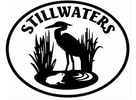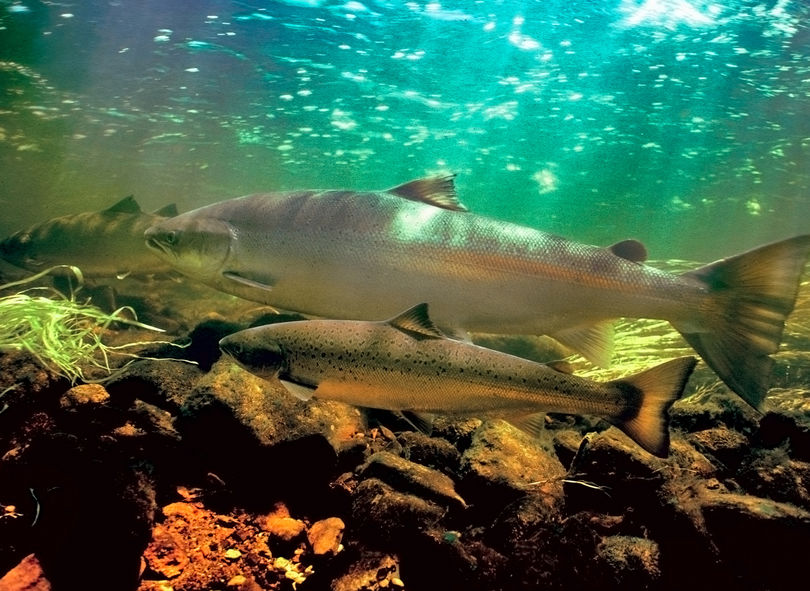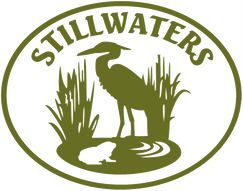 The Kingston area is blessed with trees that add to the beauty of our landscape and contribute to soil stabilization and groundwater retention. Many of our local trees have commercial value as well as tribal cultural value. The value of these trees and the forest can be expressed in many ways. Lewis Blackwell, in “The Life & Love of the Forest” says, “the products that forests provide, and their symbolic role in pop culture and human emotional well-being goes beyond their ecological value.” Take some time to walk a forest trail, far from city and road noise, and stop to listen. Aside from a bird or two, you may hear the rustle of trees talking to the wind or maybe just silence — a chance to reflect. Kingston is located in the Puget Lowlands Ecoregion. Ecoregions support specific types of trees that thrive based on rainfall, soil types, and elevation. One of the best places to discover our native tree species is North Kitsap Heritage Park. The trees in this park are older second growth. But you may ask, what species are these giants that can grow over 100 feet? Native tree species that have adapted to our ecoregion and dominate our local forests include Douglas Fir, Western Hemlock, Western White Pine, Shore Pine, Red Alder, Sitka Spruce, and Madrona. Besides appreciating their beauty, learning to identify them can be fun. Future columns will cover how to identify many of these trees, but for now let’s focus on Sitka Spruce which is in the Pine family. Trees within a family are further identified by genus and species. Sitka Spruce’s genus and species name is “Picea sitchensis.” There are other spruces in the Picea genus but only the Sitka Spruce has the sitchensis species name. Sitka Spruce are found along the coast and along stream and river beds west of the Cascades. This tree likes wetter, but well drained, nutrient-rich soils in areas of higher humidity. Identifying Sitka Spruce is relatively easy. It is an evergreen (retaining leaves, called needles, year-round). The bark is distinctive — grayish brown and very scaly, almost like fish scales. The branches spread almost straight out with drooping ends and the twigs are pinkish brown. The leaves are single stocked, unlike pine trees that may have 2 to 5 needles per stock, and are an inch long and very sharp at the end. One easy way to identify a spruce is to grab a branch, but I don’t recommend it! The cones are tan, 2-3.5 inches in length, egg shaped, and rounded at the end. Towering Sitka Spruce ring the Kingston Salt Marsh where Stillwaters has been studying the recovery of salt marsh vegetation since the 2018 culvert removal on West Kingston Road. For more information and photos of Sitka Spruce, check out my blog and Stillwaters’ research at www.stillwatersec.org. Now get out there and have fun using this information to find a Sitka Spruce. Ken Patterson is the Stillwaters Environmental Center Board President.
2 Comments
|
AuthorKen Patterson; Board President Archives
May 2021
Categories |
|
FIND US ON SOCIAL MEDIA
|

 RSS Feed
RSS Feed

